Editor’s Note: If you’re reading this article on a mobile, you can see the animated GIFs here or view the still images here.
Story highlights
Photographer creates GIFs of Monrovia, in Liberia
French photographer Francis Beaurain moved to Monrovia to live with his girlfriend
He found the capital unlike the harsh images represented on Google
He celebrates everyday life with his animated GIFs
French photographer Francois Beaurain knew virtually nothing of Monrovia when he followed his girlfriend, a humanitarian worker, to the Liberian capital.
“I was not even able to put Monrovia or Liberia on a map. So, like everybody, I started to Google it,” he confesses. The search results did not paint a pretty picture of the country: images that popped up were mainly of civil war, blood diamonds, and child soldiers.
“It looks like a nightmare, like hell on earth. It’s a very bad marketing job,” says Beaurain. When he arrived, he admits he was “not scared, but worried,” though he soon found the city was a much friendlier place than Google let on.
“I quickly realized it’s really rather nice,” he says. “It’s one of the safest countries in Africa. There’s a big discrepancy between what is really the country and its image internationally.”
Addressing this disparity, Beaurain launched Monrovia Animated, a series of GIFs that aims to capture the city’s lighter side. Though the settings in some of these looped animations show the scars of Liberia’s civil war (the once five-star Ducor Intercontinental Hotel, which today stands empty, is a regular backdrop), Beaurain’s films also feature smiling, upbeat locals.
“I don’t always have a plan. A lot of the time, I go around the city and meet people. It’s just about having fun and creating some magic,” he says.
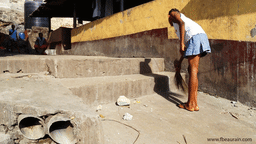
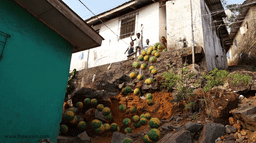
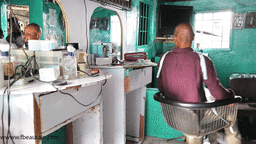
Though many of the city’s residents recognize him now, he admits that finding subjects had its challenges in the beginning, particularly because most assumed he was a foreign reporter looking to exploit their image.
“The moment they see you have a camera, they think you’re a journalist and will bring the photo back to America to make money from it,” he says. To put his subjects at ease, Beaurain made a point of returning with the GIF on a smartphone, both to prove that the image would stay in Liberia, and to demonstrate his concept.
“They don’t always understand that day why I want them to run, but if they don’t get it on the spot, they get it a few days later when I come back with the phone.”
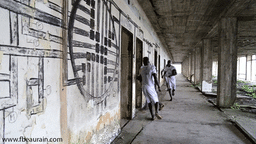
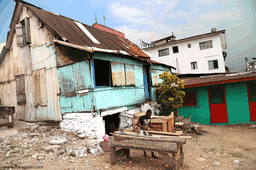
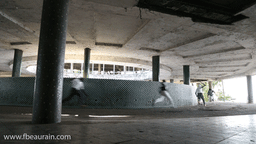
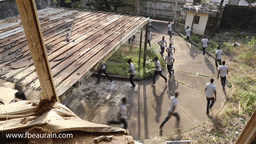
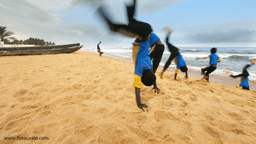
The digital format also appeals to Beaurain, partly because he finds Africa is underrepresented, both as a theme in digital art, and as a source of it.
Read: Turning weapons into art in Liberia
For Beaurain, an important aspect of the project is showing that Liberia is capable of creating powerful, thought-provoking digital works. Since moving to Monrovia, the local culture has inspired a number of other projects, too, including collages made from Nollywood posters and sculptures made from decommissioned AK-47s from the country’s civil war.
Mainly, though, Beaurain wants to update the version of Liberia currently making the rounds on the internet.
“Honestly, the goal of this is that maybe in a few months, or a few years, when people stop to Google Liberia or Monrovia, they will find my GIFs, instead of images of child soldiers,” he says. “Maybe it’s a little bit ambitious, but that’s the target.”
Read: Stunning photos of savannah from a bird’s-eye view
